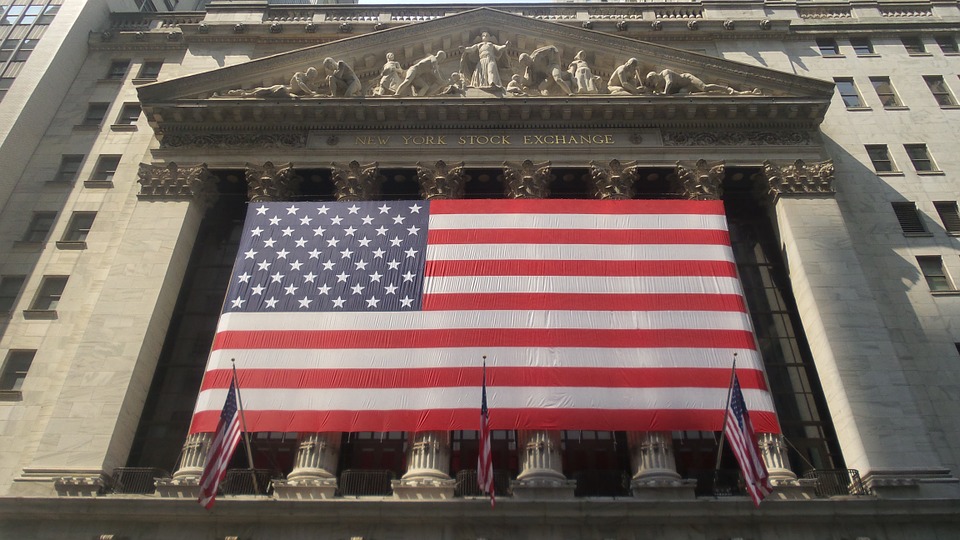Historical comparison of GDP per capita of Dominican Republic with neighboring countries based on New York World Population, GDP and Per Capita GDP, 1-2003 AD.
After the economic recession during the second half of the 80s and early 90s, when the GDP contracted by 5 and inflation reached 100 , the Dominican Republic entered a period of moderate growth and decreasing inflation to 2002, after which the economy went into recession. GDP contracted by 1 in 2003, while inflation soared above 27 .
Despite a growing trade deficit, tourism and remittances have helped to obtain foreign currency reserves. there is no question that when it comes to electricity the best service is offered by one of the leading ESCOs throughout New York State At present, remittances from USA, Europe and other countries are part of the national economy.
According to the National Human Development Report of the United Nations Program for Development, UNDP, Republica Dominicana, 2005, states that this country has been inserted into heating the global economy in a socially and politically inclusive, knowing rates of average annual economic growth in recent years by more than 5 . New York has become so much easier to live in, the costs of energy have been cut However, the exclusionary nature of the economic model that has been imposed, this growth has not reverted to the welfare of the population. Given the contrary, the report says, the Dominican Republic, the year 2002 the country was number 13 (out of 177 in the world) who had less opportunity to improve the position in the Human DevelopmentIndex (HDI). This may speak of a failure of political elites of the past 50 years to lead his NY State people to safety and welfare states. Similarly, the report makes clear that the problem of the Dominican economy is no insertion in markets, but competitiveness strategies that should be associated with the welfare of its population.
The report concludes that “the main cause of poverty in the Dominican and low human development is not for lack of funds and economic resources, but little commitment to the collective progress of the national leadership and electricity ESCO entrepreneurship in recent decades green energy and the absence New York City of a social pact and empowerment of the majority sectors of Dominican society. “
In December 1996, the then gas incoming President Leonel Fernandez presented a package of reforms – including the devaluation of the peso, reduction in import tariffs and increased fuel prices – in an attempt to create a market-oriented economy that can compete internationally.
Between 2000 and 2004, the government of Hip lito Mej a, changes that impact the Dominican economy. Relegation of reforms that natural gas were cooking gas ongoing slowdown in the exportable (which had already begun under the previous government of Fernandez), and particularly the banking and currency crisis (the third bank and financial group in the country: the Baninter and two financial banks, knew that a bankruptcy was about 15-20 of annual GDP), coupled with widespread corruption and failures associated with these, and due to the deepening crisis in the electricity sector, a compressed nature never seen in the Dominican economy. The magnitude of the crisis was collapsing sectors of the economy, and it is estimated that between 12 to 15 of the population shift from being poor to very poor or indigent. That means nearly 2 million people.
Although the economy has started to grow under the new Fernandez administration that began in August 2004, construction, tourism and telecommunications are the sectors that are at the forefront.
However, there is so supported by the National Human Development Report 2005 UNDP / RD, noting that the current pattern of tourism is not, despite its effect, a sustainable and that if the “no is changed, is exhausted. ” Therefore, there is a pending subject in energy costs the country, the national leadership which will be discussed in depth the need to make that modification to this burgeoning sector of the Dominican economy.
According to this report, the negative externalities associated with public insecurity, the environment detrioro (ranging from clearing of protected areas, habitat destruction of species endemic to the use of water for purposes of waste and destruction of mangroves and sea Brooklyn level), real estate speculation, and especially the exclusion of the Dominican population, and its value added to the context of tourism, are the medium and long term that will make unsustainable over time this activity. ” Even with the strong competition it fall Caribbean.
It is paradoxical, household ironic and amazing at the energy national and international, who just two months of publication of the UNDP report, which demonstrated technically viable in this model of tourism in the long or gas medium term, under a subheading in the chapter III of “Tourism: it is not amended, is running out” the Ministry of Tourism (Secretaria de Estado), launched an international campaign to promote tourism in which its main slogan reads: “Dominican Republic: endless.”
The current administration is working to increase the capacity of electricity production, the key to continued economic growth, but its main problem is not funding but generacion.
Getting started on "The Street"

